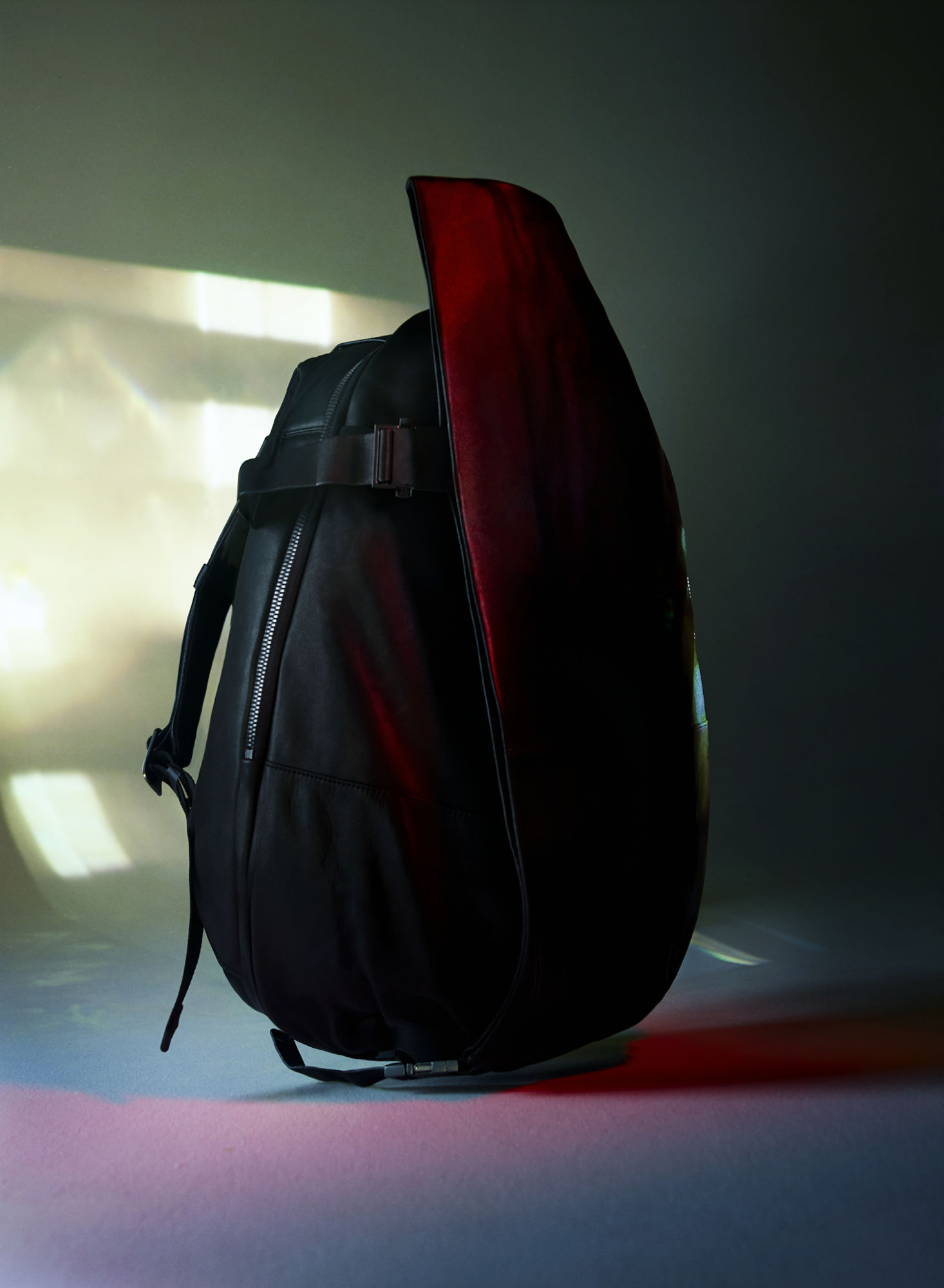The range features familiar Côte&Ciel silhouettes, functionality rendered in soft-grain Italian leather, as well as the introduction of the Ganges convertible rucksack. Document spoke with co-founder Stephan Wembacher, who, along with his insight, shared exclusive images of the Alias collection.
Document Journal—What made you decide to expand into the leather category?
Stephan Wembacher—We are carefully developing each new style for Côte&Ciel, and that takes time. [We chose the four existing styles] we personally love the most, as they represent our design identity at its best. And even though we love them in all of the various fabrics we offer them, it was clear that a leather edition would be the most beautiful and timeless. I think they look very bold and strong, and show, a bit, the luxury edge of Côte&Ciel.
Document—How did you decide which silhouettes to translate to leather? Are they your best-sellers, or just ones that you thought best lent themselves to a more luxurious style?
Stephan—We chose the shapes based on forms reduced at their minimum, to let the leather lay effortlessly along the lines and reveal its natural beauty.
Document—What do you think is the best feature of the bags?
Stephan—When I travel I have lots of stuff with me, so it’s important that it all fits in, that the MacBook is protected, and it still looks pretty cool.
Document—Côte&Ciel’s bags are artful and architectural. What inspires the silhouettes?
Stephan—They are more the result of an intuitive creative process than traditional inspiration. We don’t draw — we manipulate and experiment; we start with choosing a material that we like for its tactile qualities and the way it reacts in volume, then we build shapes that we turn into bags. A bag should not be anything more than a volume to contain and be handled.
Document—When designing a bag, what is most important to you? Do you have to consider different things when working with leather versus a more technical fabric?
Stephan—We see bags as living beings: We like the way they can adapt and evolve, so the material is just a tool, not a goal. The funny thing is that we don’t see bags as objects, but at the end, the way we design makes them very sculptural. They look more like objects than most of the bags on the market. We see them as interactive systems — they’re depending on their environment on the inside (what they contain) and on the outside (the body they are supported by), and since both are constantly changing (bodies are all different; people don’t fill the bags with the same things), they evolve.
The Alias leather collection by Côte&Ciel is available at CoteEtCiel.com.
















